Why Asphalt Pavements Deteriorate
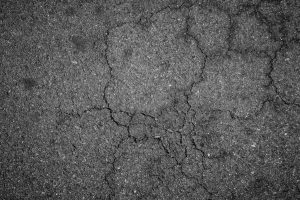 Properly designed and constructed asphalt pavements rarely wear out from traffic. Surface deterioration is primarily caused by weathering, oxidation, and the destructive softening effects of gasoline, oils, and de-icers.
Properly designed and constructed asphalt pavements rarely wear out from traffic. Surface deterioration is primarily caused by weathering, oxidation, and the destructive softening effects of gasoline, oils, and de-icers.
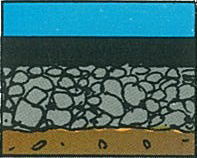 The Asphalt Institute confirms that air, sunlight and moisture are a major cause of surface deterioration. Unprotected surfaces oxidize and allow the aggregate in the asphalt mix to be washed away.
The Asphalt Institute confirms that air, sunlight and moisture are a major cause of surface deterioration. Unprotected surfaces oxidize and allow the aggregate in the asphalt mix to be washed away.
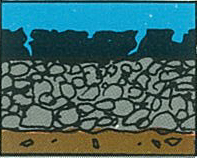 Unprotected pavement lose flexibility; aggregate ravels from the surface and the pavement becomes rough. The surface becomes brittle and cracks develop.
Unprotected pavement lose flexibility; aggregate ravels from the surface and the pavement becomes rough. The surface becomes brittle and cracks develop.
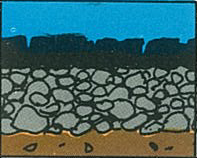 Water penetrates the cracks and damage progresses. Hydraulic pressure (expansion and contraction) enlarge the cracks. Damage occurs faster under heavy traffic and/or during freeze-thaw cycles.
Water penetrates the cracks and damage progresses. Hydraulic pressure (expansion and contraction) enlarge the cracks. Damage occurs faster under heavy traffic and/or during freeze-thaw cycles.
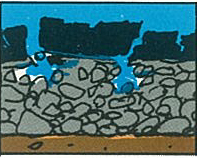 Cracks allow water to penetrate to the subsurface and rupture the pavement; causing small surface cracks to enlarge until the pavement actually separates.
Cracks allow water to penetrate to the subsurface and rupture the pavement; causing small surface cracks to enlarge until the pavement actually separates.
- The unprotected surface oxidizes (bleaches out) while gasoline and oil drippings soften the asphalt surface and cause localized pavement failure.
